7 Customer Service Responsibilities in 2025

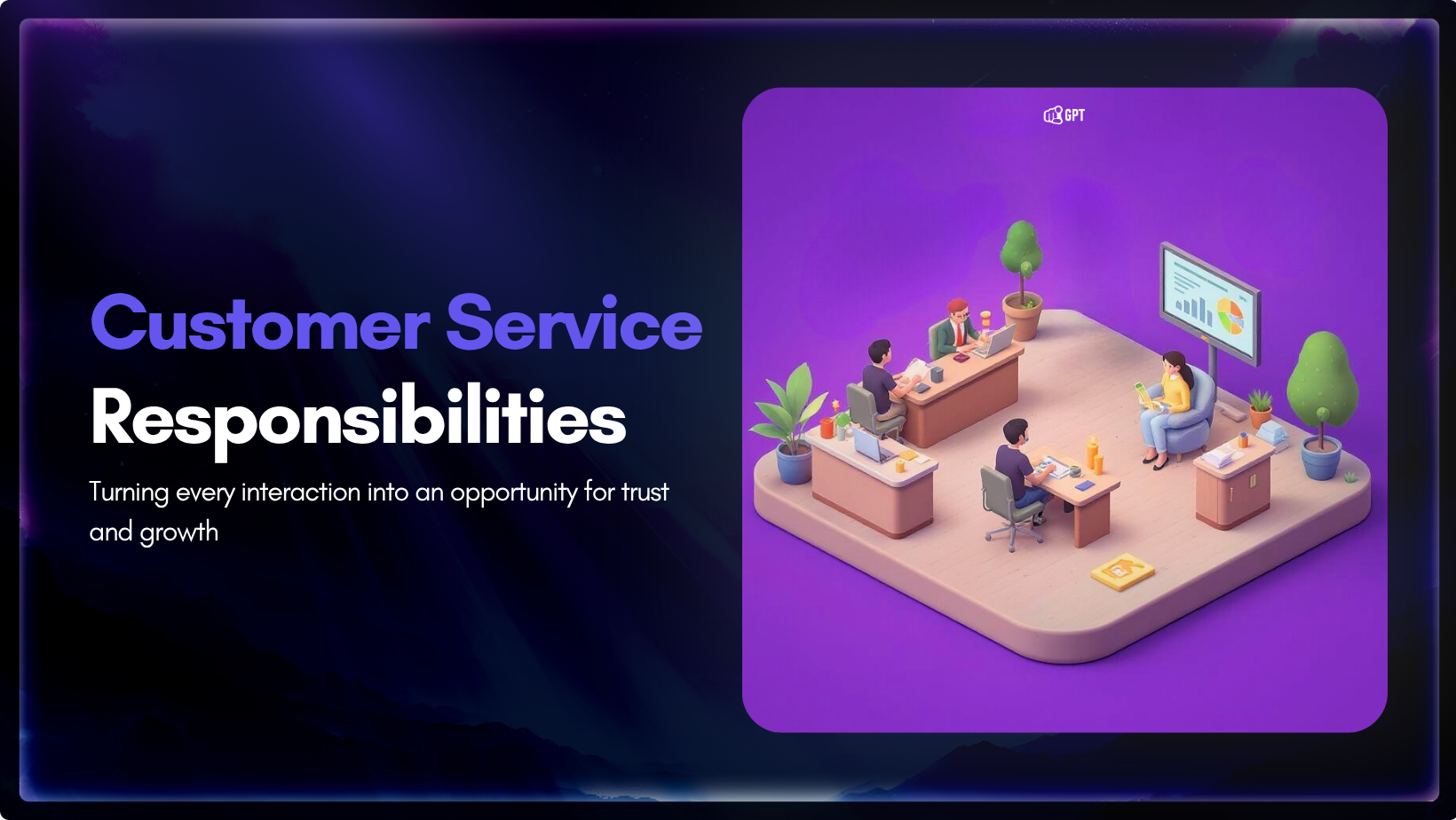
The daily challenges for customer service teams have changed. Simply managing the queue is not enough to deliver the quality of service that customers now expect.
Innovative companies are discovering that every customer interaction is a chance to build loyalty, gather feedback, and create a brand that people truly love. It’s a shift from solving problems to building relationships. It has the potential to be your single greatest advantage.
This guide outlines the seven key responsibilities that will help your team to transform your service department into the most powerful driver of customer loyalty.
Customer service responsibilities are the day-to-day tasks that keep customers happy and businesses running smoothly. No matter how users contacts, whether by phone, email, chat, or social media, these essential responsibilities guarantee that every customer receives the support they require at the right time.
So what exactly does a customer service representative do? Let’s break it down:
Contact centers manage these responsibilities across omnichannel platforms including voice calls through IVR systems (Interactive Voice Response), email ticketing systems, live chat software, SMS messaging, and social media management tools. Quality assurance teams monitor these interactions to maintain service standards and identify training opportunities for customer service agents.
There are other responsibilities that we discussed above which set great service teams apart from typical ones, in addition to their everyday activities. These seven duties focus on the human side of customer service and the skills and methods that turn service into a sale into a relationship.
Active listening is the foundation of effective customer service. When customers reach out with problems, they need to feel heard before they can feel helped. Customer service agents must practise attentive listening, eliminate distractions, and focus entirely on understanding the customer’s situation.
Effective listening requires specific techniques. Agents should use verbal acknowledgement (“I understand your concern”) to confirm they’re engaged. Follow-up questions help clarify ambiguous details. Paraphrasing the customer’s issue back to them (“So what I’m hearing is…”) validates their experience and confirms accurate understanding.
This approach reduces call handling time by preventing miscommunication and ensures first contact resolution (FCR) rates improve. When agents truly understand the problem, they can route issues correctly and apply the right solution the first time.
Response time and accuracy directly impact customer retention. Research shows customers expect responses within minutes for live channels and hours for asynchronous channels like email. Meeting these expectations requires efficient workflows and comprehensive training.
Speed without accuracy creates more problems than it solves. Agents must balance rapid response times with thorough verification of customer details, order numbers, and account information. This requires standardised response templates, robust knowledge management systems, and clear escalation procedures for complex enquiries.
Service level agreements define expected response times across channels. Contact centres track average handle time (AHT), first response time (FRT), and resolution time to measure performance. These metrics help identify bottlenecks and training gaps that slow down service delivery.
Omnichannel customer service means maintaining consistent tone and quality whether the interaction happens via phone, email, live chat, SMS, or social media. Each channel has different communication norms, but professionalism remains constant.
Chat channels like email and chat require attention to grammar, spelling, and formatting. These permanent records represent your brand long after the conversation ends. Phone and video calls demand vocal clarity, appropriate pacing, and active engagement. Social media channels need quick responses with brand-appropriate language that considers public visibility.
Quality assurance programmes review interactions across all channels using standardised scoring rubrics. Call monitoring, chat reviews, and email audits help ensure agents maintain professional standards regardless of where customers choose to engage.
Product expertise allows agents to move beyond scripted responses and quickly provide value. This means understanding not just what products do, but how they compare to alternatives, which use cases they suit best, and how different features interact.
Comprehensive training programmes cover product specifications, service capabilities, pricing tiers, integration options, and common troubleshooting scenarios. Regular product updates, especially in SaaS and technology companies, require ongoing enablement sessions. Knowledge bases and internal wikis serve as reference materials, but agents need hands-on experience with products to truly master them.
Technical support teams often specialise in specific product lines or service areas. This tiered support structure ensures customers with complex technical issues reach agents with deep domain expertise rather than generalists.
Standard operating procedures (SOPs) cover common scenarios, but exceptional service requires critical thinking when faced with unique situations. Agents must analyse problems, consider multiple solutions, and choose the best approach based on company policy, customer history, and practical constraints.
Root cause analysis helps agents address underlying issues rather than just symptoms. Instead of repeatedly resetting a password, an effective agent investigates why password resets keep occurring. This diagnostic approach prevents recurring problems and improves long-term customer satisfaction.
Empowerment policies determine how much authority agents have to resolve issues independently. Agents with the ability to issue refunds, waive fees, or make exceptions within defined parameters can resolve problems faster without constant escalation to supervisors.
CRM systems store valuable customer data including purchase history, previous support interactions, communication preferences, and sentiment analysis from past conversations. Agents who reference this information create more relevant, efficient service experiences.
Personalisation goes beyond using someone’s name. It means recognising VIP customers, acknowledging past issues, referencing previous purchases when making recommendations, and adjusting communication style based on customer preferences documented in their profile.
Customer 360 views aggregate data from multiple systems (sales, marketing, support, billing) into a unified interface. This holistic perspective helps agents understand the complete customer journey and make informed decisions about how to help.
Transactional service solves immediate problems. Relational service builds loyalty. This distinction matters in industries with high customer lifetime value (CLV) or subscription-based business models where retention drives revenue.
Post-resolution follow-ups serve multiple purposes. They confirm the customer’s issue was fully resolved, create opportunities to address any remaining concerns, and demonstrate ongoing commitment to their satisfaction. These touchpoints also provide natural moments to request feedback through CSAT surveys, NPS questionnaires, or customer effort score (CES) assessments.
Voice of the customer (VoC) programmes collect, analyse, and act on customer feedback. Quality assurance teams review feedback trends to identify systemic issues, training needs, and process improvements. Closing the loop (informing customers when their feedback leads to changes) reinforces that their input matters and strengthens the relationship.
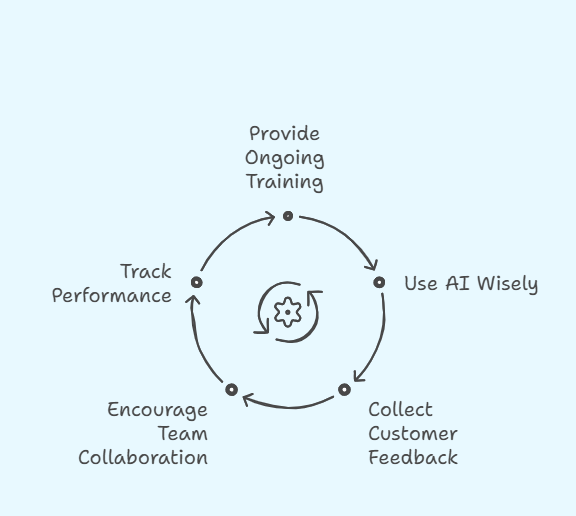
Businesses need to spend resources on the technologies and skills that give their employees the power to give great customer service. To create a support department that always meets client expectations and help grow the business, you need to do the following things:
1. Implement Continuous Skill Development: Effective training is an ongoing process, not a one-time event. Provide your team with regular, practical sessions focused on problem-solving, product knowledge, and communication. This ensures they are well-equipped to handle complex customer needs and are proficient with the tools at their disposal.
2. Integrate AI as a Team Support Tool: Incorporate AI platforms like YourGPT to work alongside your agents. This technology can manage routine inquiries, gather initial customer details, and organize information, allowing your human team to dedicate their expertise to resolving more complex and urgent issues. AI serves as an assistant, providing agents with instant access to the right information and context, which helps them deliver faster and more accurate solutions.
3. Systematically Collect Customer Feedback: Actively seek feedback to understand your service quality from the customer’s perspective. After an interaction is complete, use brief, simple surveys to ask about their experience. This direct input is invaluable for identifying specific areas for improvement and recognizing what your team does well.
4. Promote Knowledge Sharing Among the Team: Establish a clear process for team members to share solutions and best practices. When an agent discovers an effective way to handle an issue, that knowledge should be documented and made easily accessible to everyone. This practice builds a stronger, more knowledgeable team and ensures customers receive consistent service.
5. Monitor Performance Metrics: Track a focused set of metrics to measure team effectiveness and customer satisfaction. Key indicators like the time it takes to resolve an issue and customer satisfaction ratings provide clear insights into your performance. Use this data to guide coaching, refine processes, and acknowledge excellent work.
By focusing on these core areas, you’ll create a skilled and self-assured staff that can contribute on your organisations growth.
The most important customer service responsibilities in 2025 include active listening, fast and accurate responses, professionalism across channels, strong product knowledge, adaptive problem-solving, personalised service, and building relationships through feedback loops.
AI chatbots handle routine inquiries, provide instant context to agents, and ensure faster response times. By automating repetitive tasks, they allow human agents to focus on complex issues and customer relationship building.
Customer service is no longer just about solving problems. Each interaction is a chance to build loyalty, gather insights, and create long-term relationships that drive repeat business and brand growth.
Agents should strengthen empathy, communication, product knowledge, adaptability, and the ability to use AI tools effectively. These skills ensure they can manage both human interactions and AI-powered workflows.
Businesses track metrics like First Contact Resolution (FCR), Customer Satisfaction Score (CSAT), Net Promoter Score (NPS), and response time. These KPIs show how well teams meet responsibilities and customer expectations.
Ongoing training helps agents stay updated on product updates, service policies, and AI tools. Continuous skill development ensures they can deliver accurate, empathetic, and efficient support across channels.
The job of customer service teams has changed. It’s not enough to just close issues and fix problems anymore; you need to build relationships that keep customers coming back. The daily tasks are still important, but the actual value comes from making customers feel that they are understood and valued.
To achieve this, leaders must equip their teams with the right support. This means providing consistent training, integrating smart tools like YourGPT to help manage tasks, listening to customer feedback, and encouraging teamwork. These steps build a foundation for a truly excellent service team.
The best approach combines human skill with smart technology. As business author Damon Richards said, “Your customer doesn’t care how much you know until they know how much you care.” Technology can handle routine work, which frees up your team to focus on what matters most: showing customers they care through empathy and expert problem-solving.
For this reason, these responsibilities are more than a checklist for a support department. They are a guide to turning customer service into your most powerful driver for business growth. By investing in your team, you create a customer experience that builds loyalty and sets your business apart.
Turn service into sales and lasting relationships. Deploy an AI chatbot that responds quickly, improves with time, and engages customers across all channels.
No credit card required • AI-first platform • Cancel anytime
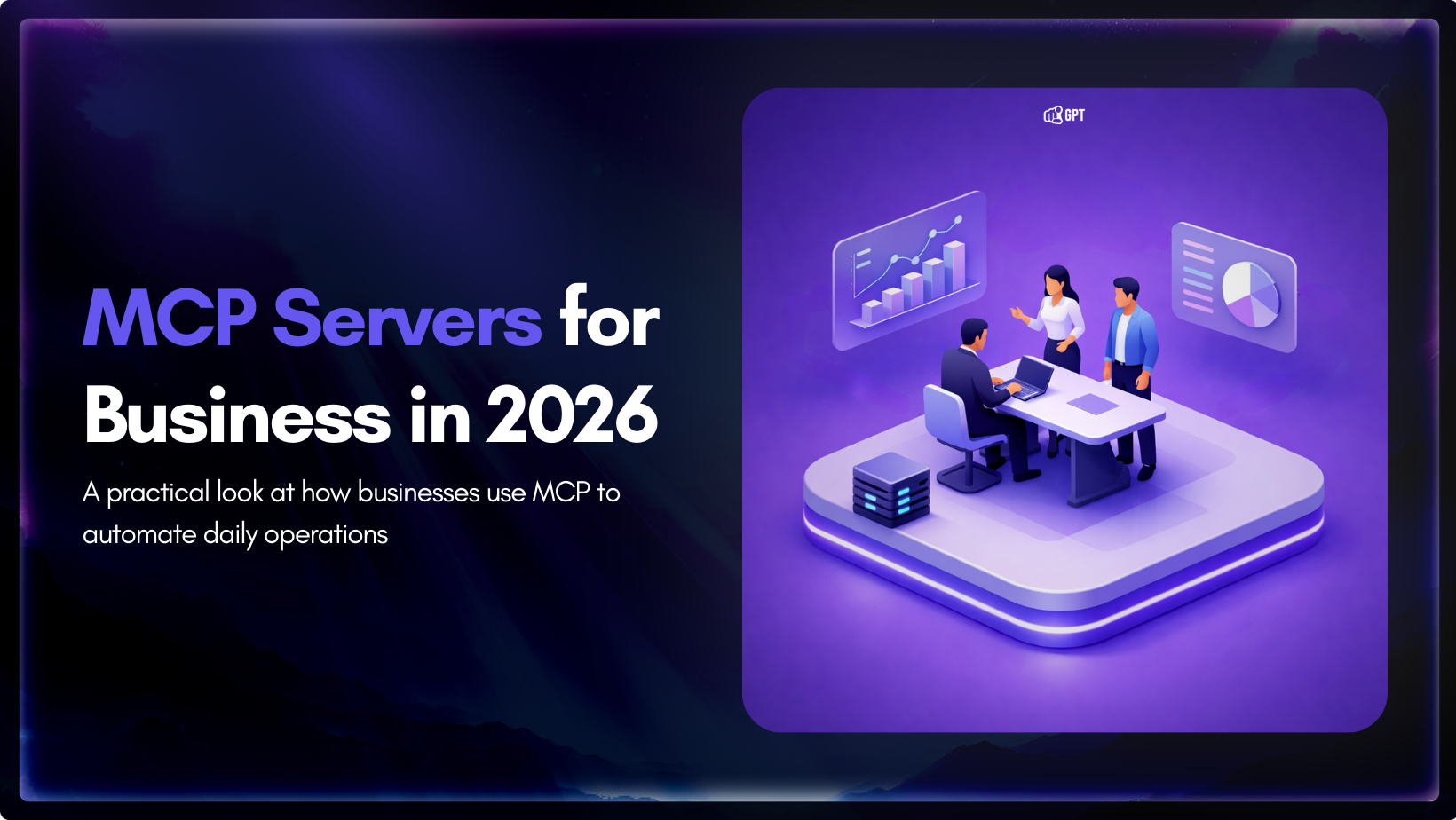
Growth-focused teams move faster when their tools work together instead of competing for attention. Modern development depends on multiple systems to ship code, review changes, monitor services, and access data. Each system serves a purpose, but routine work often means moving between dashboards, scripts, and internal tools. These small transitions shape how consistently a team […]

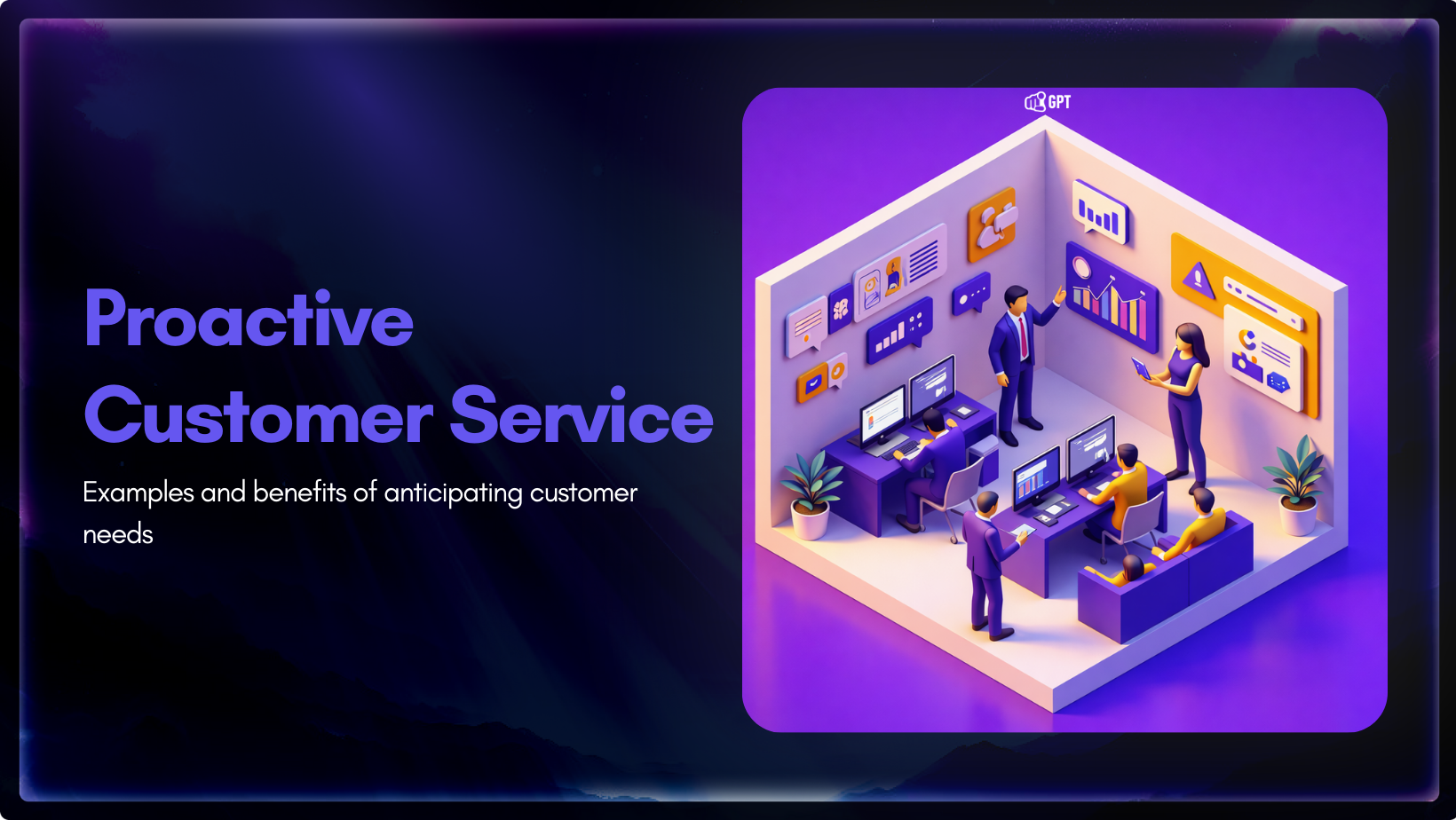
Most customer service moments begin long before a ticket is created. Something feels off. A payment does not go through. A delivery update stops moving. A user gets stuck at the same step and tries again. Customers usually pause, check, retry, and wait before they decide to ask for help. Proactive customer service works inside […]

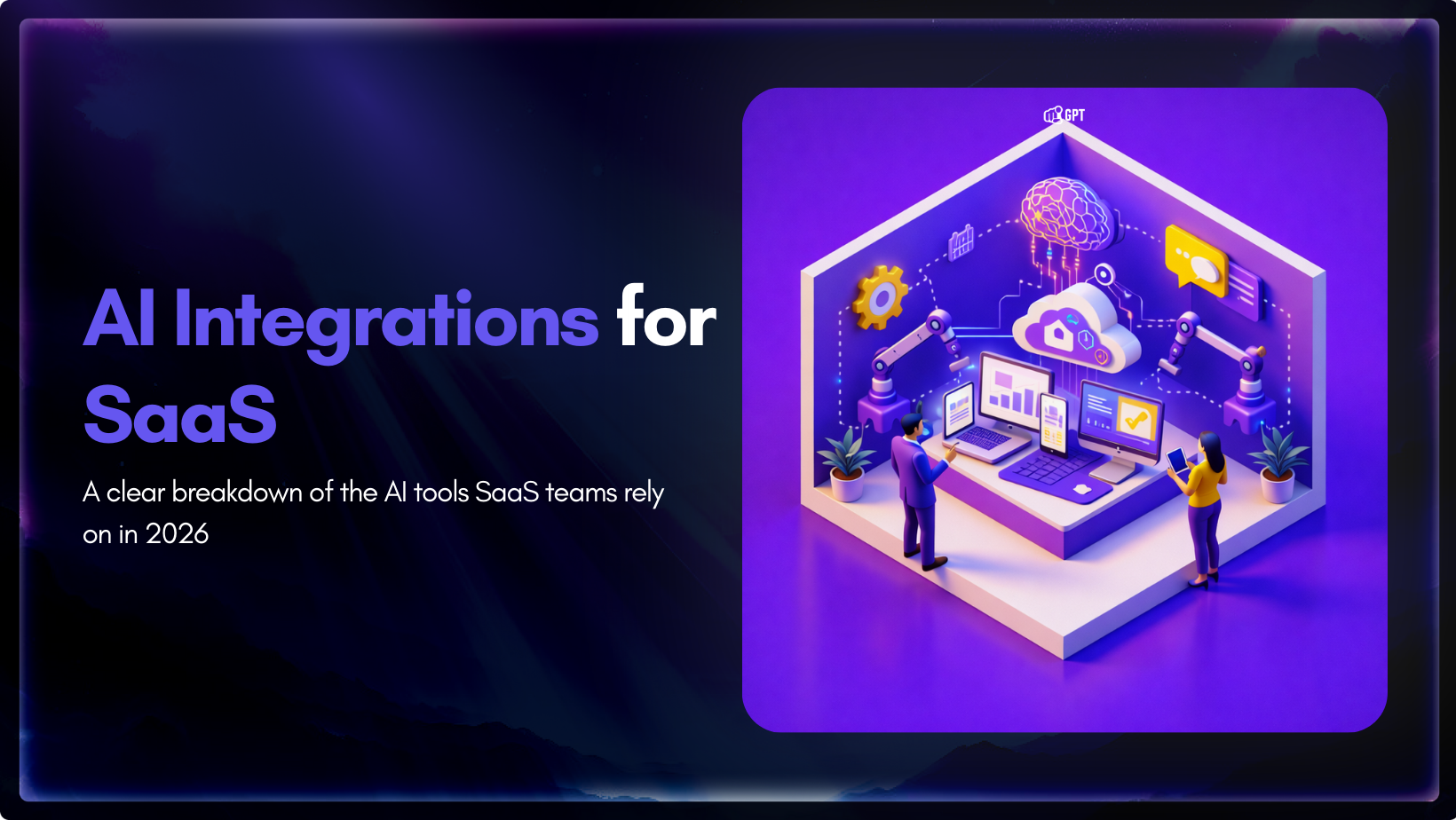
AI has become a core part of how modern SaaS products are built and delivered. In 2026, customers expect intelligent assistance to be available throughout their journey, from onboarding and everyday product usage to support and account management. Inside SaaS teams, AI is increasingly used to speed up workflows, reduce repetitive tasks, and improve how […]

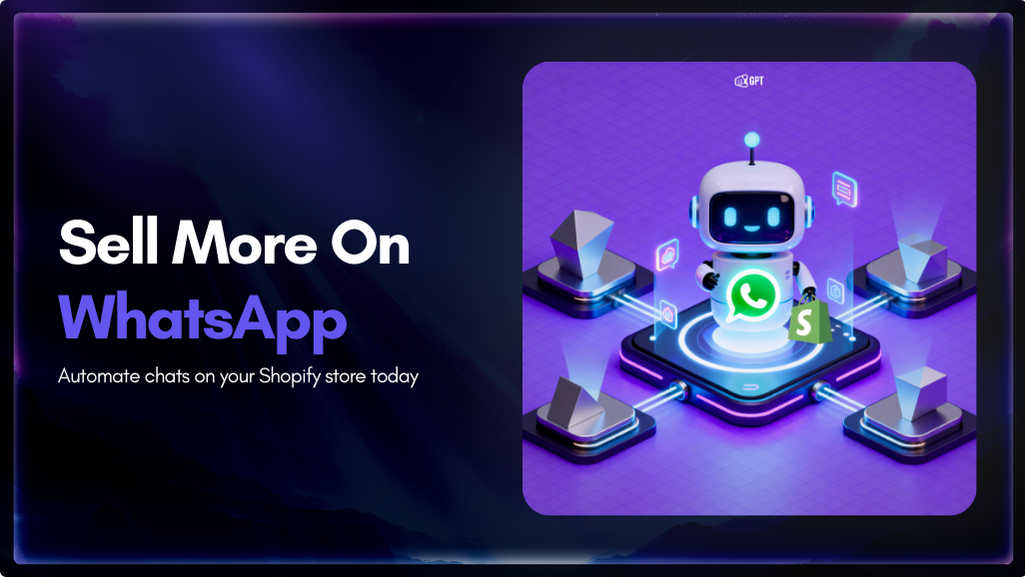
Shopify stores often use a chatbot on their website to handle product questions, order updates, and support. But customers also message on WhatsApp expecting the same quick answers. Most of them already use WhatsApp throughout the day, so reaching out there feels natural. A chatbot that works across both channels responds in seconds, guides purchase […]

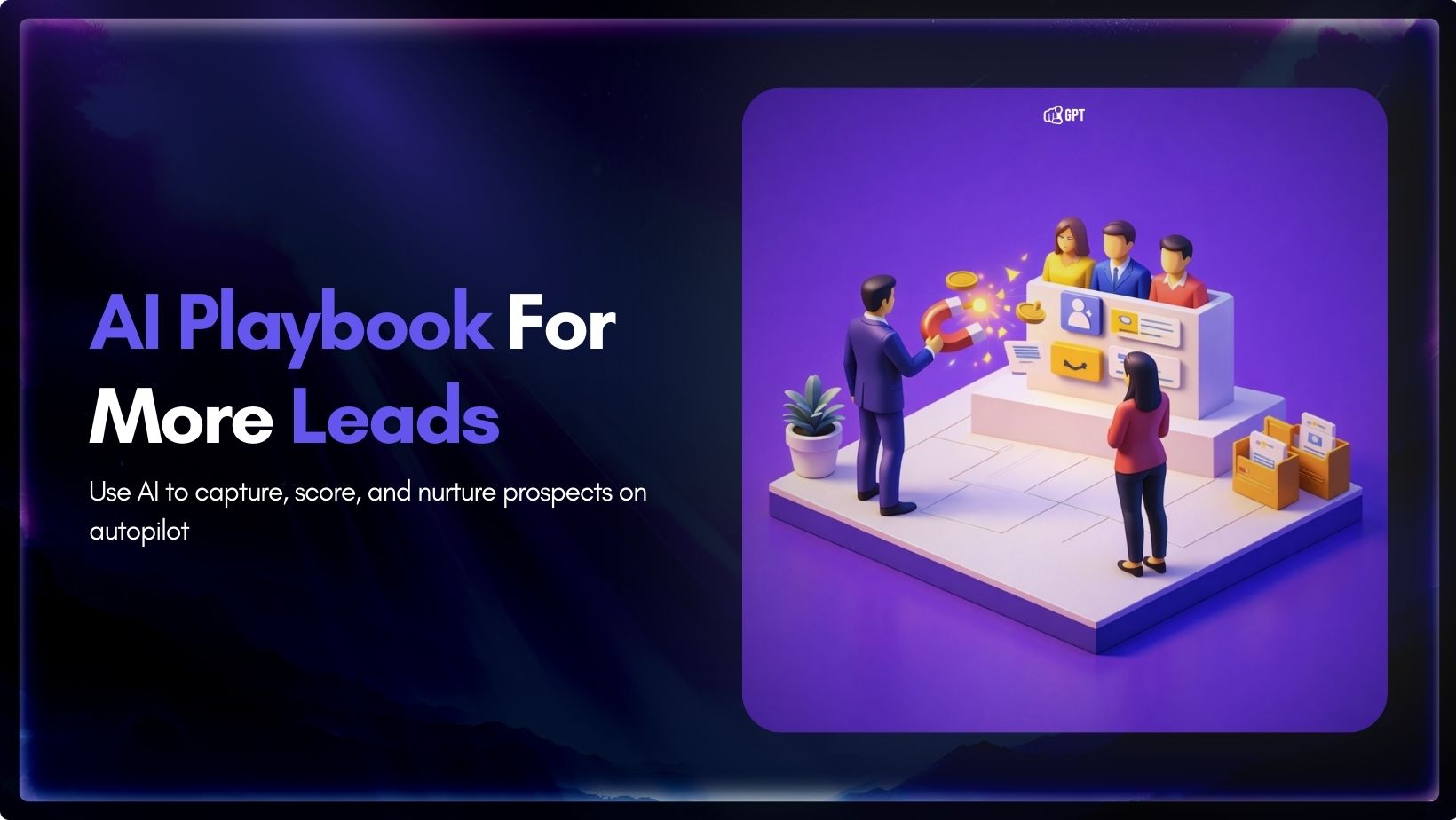
Most businesses do not struggle to generate leads. They struggle to know which ones are worth acting on. Forms get filled, DMs arrive, emails are opened, and chats happen across multiple tools. Some prospects convert. Most do not. The real problem is that there is no reliable way to tell, early enough, which signals actually […]

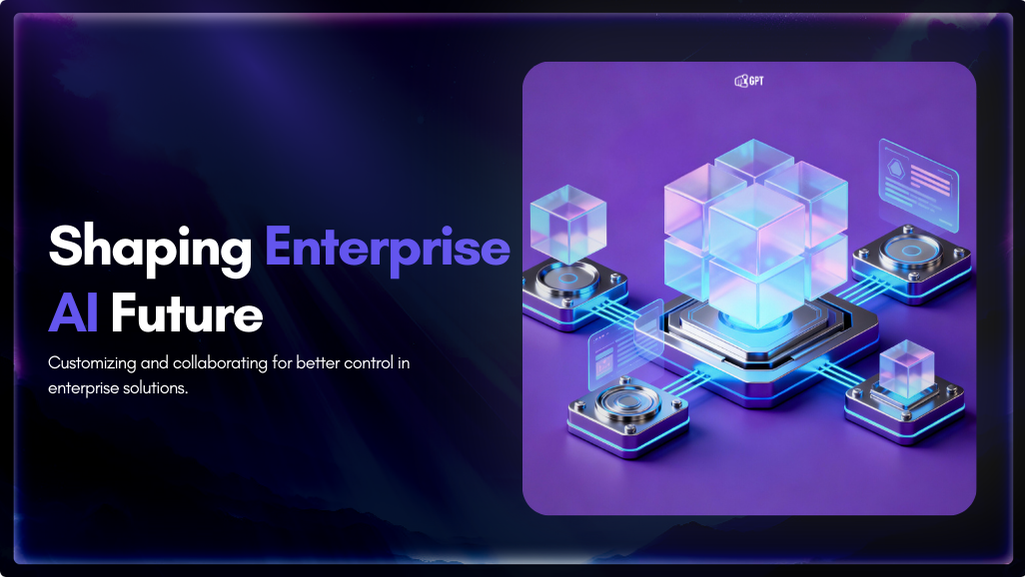
Artificial Intelligence has advanced quickly over the past five years, moving from an experiment to a standard component of modern business. AI has become a central part of enterprise strategy. 88% of organizations are now using AI. This figure has increased from 78% the year before. This transformation is reshaping how companies run, communicate, and […]
